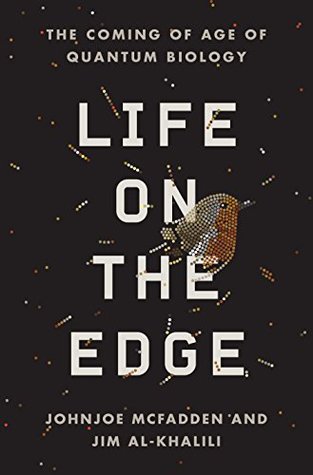More on this book
Community
Kindle Notes & Highlights
Consciousness allows our mind to be driven by ideas and concepts, rather than mere stimuli.
This question is an aspect of the first puzzle of consciousness—what is often termed the binding problem: how does information encoded in disparate regions of our brain come together in our conscious mind?
In fact, “stream” isn’t really the right word here, because it suggests some pooling of information within that stream, and that doesn’t happen in neurons. Instead, each nerve signal remains locked into an individual nerve. So, rather than a stream, you should think of the information traveling through the brain as sequences of blip blip blip blip … signals passing along individual strands of an immense tangle of billions of neurons. The binding problem is the problem of understanding how all the disparate blip-encoded information generates the unified perception of a bison.
We should emphasize at the outset that any ideas about consciousness remain highly speculative in nature, since no one really knows what it is or how it works. There isn’t even a consensus among neuroscientists, psychologists, computer scientists and artificial intelligence researchers that there is a need for something beyond the sheer complexity of the human brain to explain consciousness.
You can see from this description how different nerve signals are from an electrical signal traveling down a wire. For a start, the current, the movement of charges, is not down the length of nerve cables in the direction of the nerve signal, but perpendicular to the direction of the action potential: from outside in, through those ion channels in the cell membrane. Also, immediately after the action potential is initiated by the opening of the first ion channels, they are slammed shut again and the ion pumps get to work on reestablishing the original battery voltage across the membrane. So
...more
But, and this is a very big but, for the quantum computer to work, the qubits must interact only with one another to perform calculations (via their invisible entangled “strings”). This means they must be completely isolated from their environment.
But, Penrose argues, humans (or at least those members of the species who are mathematicians) can prove the truth of these unprovable but true computer statements. Therefore, he argues, the human mind is more than just a classical computer, since it is capable of what he calls noncomputable processes.
But how ions are transported so rapidly and selectively has remained something of a mystery.
Einstein’s equation, E = mc2, with energy on one side and mass on the other, famously demonstrated that energy and matter are interchangeable. So the brain’s EM energy field—the left-hand side of Einstein’s equation—is just as real as the matter that makes up its neurons; and, because it is generated by neuron firing, it encodes exactly the same information as the neural firing patterns of the brain.
In fact, what the field seems to do is to coordinate nerve firing: that is, bring lots of neurons into synchrony so that they all fire together. The findings suggest that the brain’s own EM field, generated by nerve firing, also influences nerve firing, providing a kind of self-referencing loop that many theorists argue is an essential component of consciousness.17
The three greatest mysteries in science are generally reckoned to be the origin of the universe, the origin of life and the origin of consciousness.
The most basic self-replicating organisms alive today are bacteria, which are far simpler than any bird.
Indeed, many viruses, such as the influenza virus, possess RNA genomes, rather than DNA genomes.
However, the entire mass of the Milky Way galaxy is estimated to be approximately 1042 kilograms.
Despite many attempts, no one has ever made a single self-replicating RNA (or DNA, or protein), or observed one in nature.
The quantum Zeno effect is named after the ancient Greek philosopher Zeno of Elea, who posed philosophical problems in the form of a set of paradoxes, one of which is known as the arrow paradox. Zeno considered an arrow in flight that, he argued, must inhabit a particular position in space for every instant of time. If the arrow could be glimpsed at that instant then it would be indistinguishable from a truly motionless arrow suspended in the same position. The paradox is that the flight of an arrow consists of a sequence of these frozen slices in time, with a motionless arrow at each point
...more
At a molecular level, there is only chaos—but chaos with a slight bias that can generate order at a macroscopic level: order from chaos, as this principle is sometimes termed.


